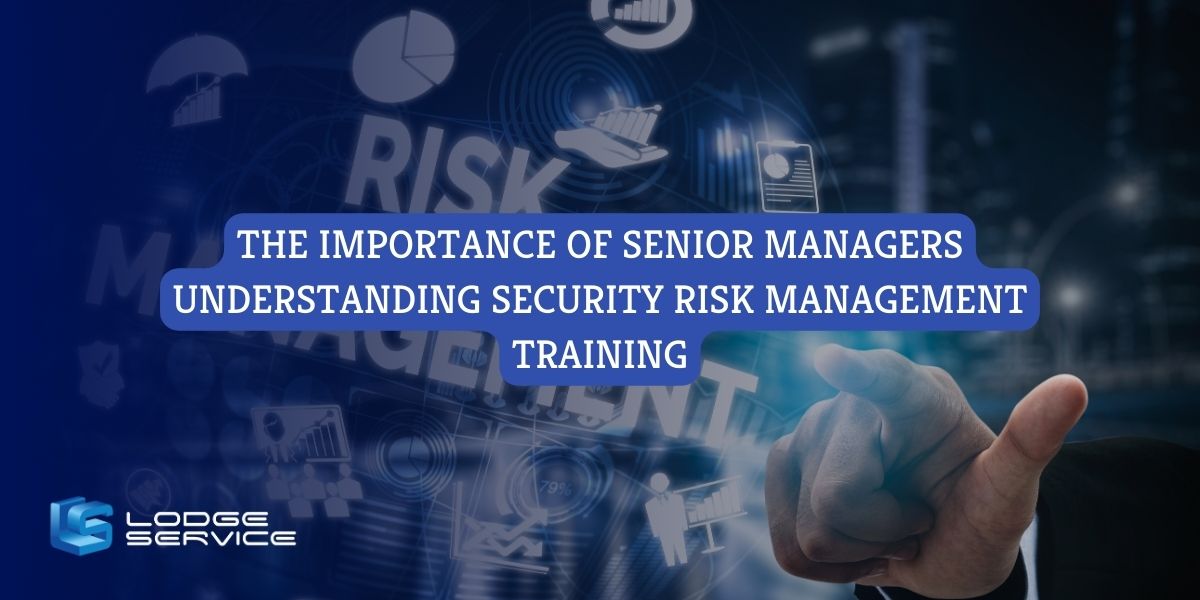Unlocking the Actual Importance of Risk Management for Sustainable Growth
Unlocking the Actual Importance of Risk Management for Sustainable Growth
Blog Article
Exploring the Value of Risk Management for Effective Decision-Making Approaches
In the intricate globe of service, Risk Management becomes a vital factor in the decision-making process. The capability to recognize prospective dangers and chances, and strategize accordingly, can spell the difference in between success and failing. With tools such as SWOT and PESTEL, companies are geared up to make enlightened options, promoting durability and adaptability in an ever-changing atmosphere. Wondering exactly how this works? Let's unbox the dynamics better.
Comprehending the Principle of Risk Management
Risk Management, a critical element in decision-making, is typically misconstrued or oversimplified. Normally, it refers to the identification, assessment, and prioritization of dangers to lessen, monitor, and control the chance or influence of unfavorable occasions. It's not simply about stopping adverse results, but also regarding recognizing prospective possibilities. Risk Management includes structured and self-displined strategies, utilizing information and insightful analyses. It needs a thorough understanding of the company's context, objectives, and the potential risks that could obstruct them. From economic uncertainties, legal liabilities, critical Management errors, to accidents and natural calamities, it resolves different risks. Notably, reliable Risk Management is not stagnant; it's a continuous, forward-looking procedure that advances with altering scenarios.
The Role of Risk Management in Decision-Making Processes
In the world of tactical preparation and company operations, Risk Management plays an integral duty in decision-making processes. It assists in identifying prospective threats and unpredictabilities that could affect the accomplishment of organization objectives. By mapping these risks, firms can develop strategies to mitigate their impact, making sure service connection and stability. Risk Management hence becomes an important tool in decision-making, helping leaders to make enlightened options based on an extensive understanding of the risks involved. It motivates an aggressive technique, enabling organizations to prepare for and prepare for feasible future situations. This substantially reduces the probability of adverse consequences, promoting more reliable and effective decision-making techniques. For that reason, Risk Management offers as a vital element in the decision-making procedures of any type of organization.

Exactly How Risk Management Enhances Strategic Preparation
In the context of tactical planning, Risk Management plays a pivotal function. Launching with the identification of possible risks, it additionally reaches the implementation of Risk mitigation actions. The role of Risk Management is vibrant however not static, as it demands continuous surveillance and adjusting of approaches.
Recognizing Possible Threats
Carrying Out Risk Mitigation
Risk reduction approaches can range from Risk avoidance, Risk transfer, to run the risk of decrease. Each technique must be tailored to the details Risk, considering its possible impact and the company's Risk resistance. Efficient Risk mitigation calls for a deep understanding of the Risk landscape and the prospective impact of each Risk.
Surveillance and Changing Strategies
Though Risk mitigation is an essential step in tactical planning, constant tracking and change of these techniques is similarly essential. It additionally provides a chance to assess the success of the Risk Management procedures, permitting changes to be made where needed, further enhancing critical preparation. Monitoring and readjusting Risk Management strategies is a crucial part for boosting an organization's resilience and strategic preparation.
Case Researches: Effective Risk Management and Decision-Making
In the world of business and finance, successful Risk Management and decision-making often offer as the columns of thriving business. These situations highlight the worth of sharp Risk Management in decision-making processes. These cases emphasize the important role of Risk Management in calculated decision-making.
Tools and Strategies for Effective Risk Management
Navigating the detailed labyrinth of Risk Management needs the appropriate set of techniques and tools. These devices, such as Risk registers and warm maps, help in you could check here identifying and examining potential risks. Methods consist of both quantitative techniques, like level of sensitivity analysis, and qualitative approaches, such as SWOT evaluation. These help in prioritizing dangers based on their possible impact and likelihood. Risk reaction approaches, an essential element of Risk Management, entail accepting, staying clear of, transferring, or mitigating risks. Tracking and regulating dangers, with normal audits and evaluations, guarantee that the methods stay reliable. With these strategies and devices, decision-makers can navigate the facility landscape of Risk Management, therefore facilitating notified and efficient decision-making.
Future Patterns in Risk Management and Decision-Making Methods
As we check out the huge landscape of Risk Management, it comes to be obvious that the strategies and devices made use of today will remain to advance. Future fads direct towards a boosted reliance on technology, with artificial knowledge and artificial intelligence playing significant duties. These innovations will enable organizations to forecast prospective risks with better precision and make more informed decisions. In addition, there will certainly be a growing focus on strength, not simply in managing risks yet also in recuperating from damaging circumstances. Lastly, the idea of Risk culture, where every participant of an organization knows and included in Risk Management, will certainly gain more prominence. These fads declare an even more comprehensive and aggressive method in the direction of Risk Management and decision-making.
Final thought

Risk Management therefore becomes an essential tool in decision-making, helping leaders to make educated choices based on an extensive understanding of the dangers included. Risk mitigation strategies can vary from Risk evasion, site link Risk transfer, to take the chance of decrease (importance of risk management). Efficient Risk mitigation requires a deep understanding of the Risk landscape and the possible effect of each Risk. Risk feedback approaches, a vital element of Risk Management, involve approving, staying clear of, transferring, or mitigating dangers. The idea of Risk culture, where every member of a company is aware and included in Risk Management, will get a lot more importance
Report this page